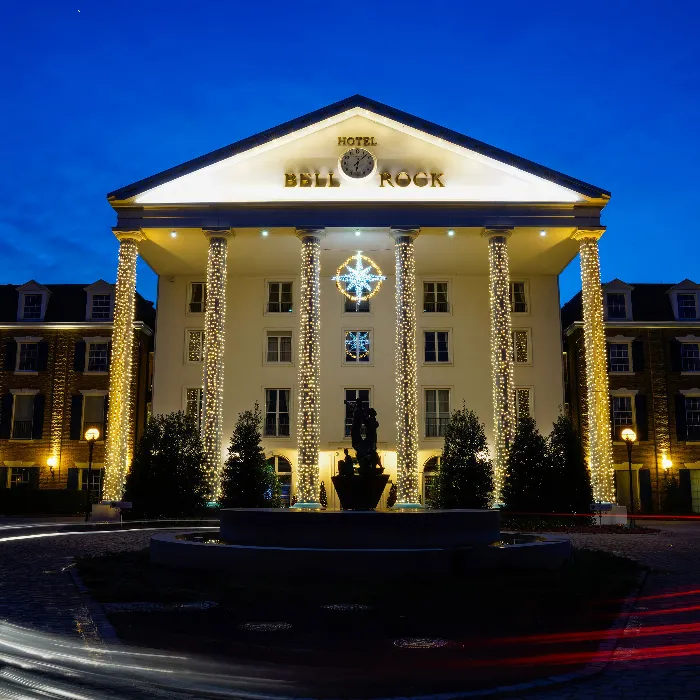The photography of hotel lobbies and suites is a demanding discipline that requires special skill and an eye for detail. It is not only about capturing the spaces but also about effectively showcasing atmosphere and elegance. In this tutorial, you will learn how to find the right position for your camera and what aspects to consider when arranging to achieve stunning shots.
Key insights
- The proper preparation of the room is crucial for achieving an appealing shot.
- Light plays a vital role in hotel photography. Artificial light and daylight should be harmoniously combined.
- Pay attention to details, such as the arrangement of furniture and decorations, to create a professional image.
- HDR techniques help master high contrast in interiors.
Step-by-Step Guide
Step 1: Prepare the room
Before you start photographing, it is important to thoroughly prepare the room. This means going through the suite to ensure everything is ready for the photo. Make sure all details are correct, even if the cleaning staff has already done their job. Only a tidy room can serve as a perfect background for your shot.
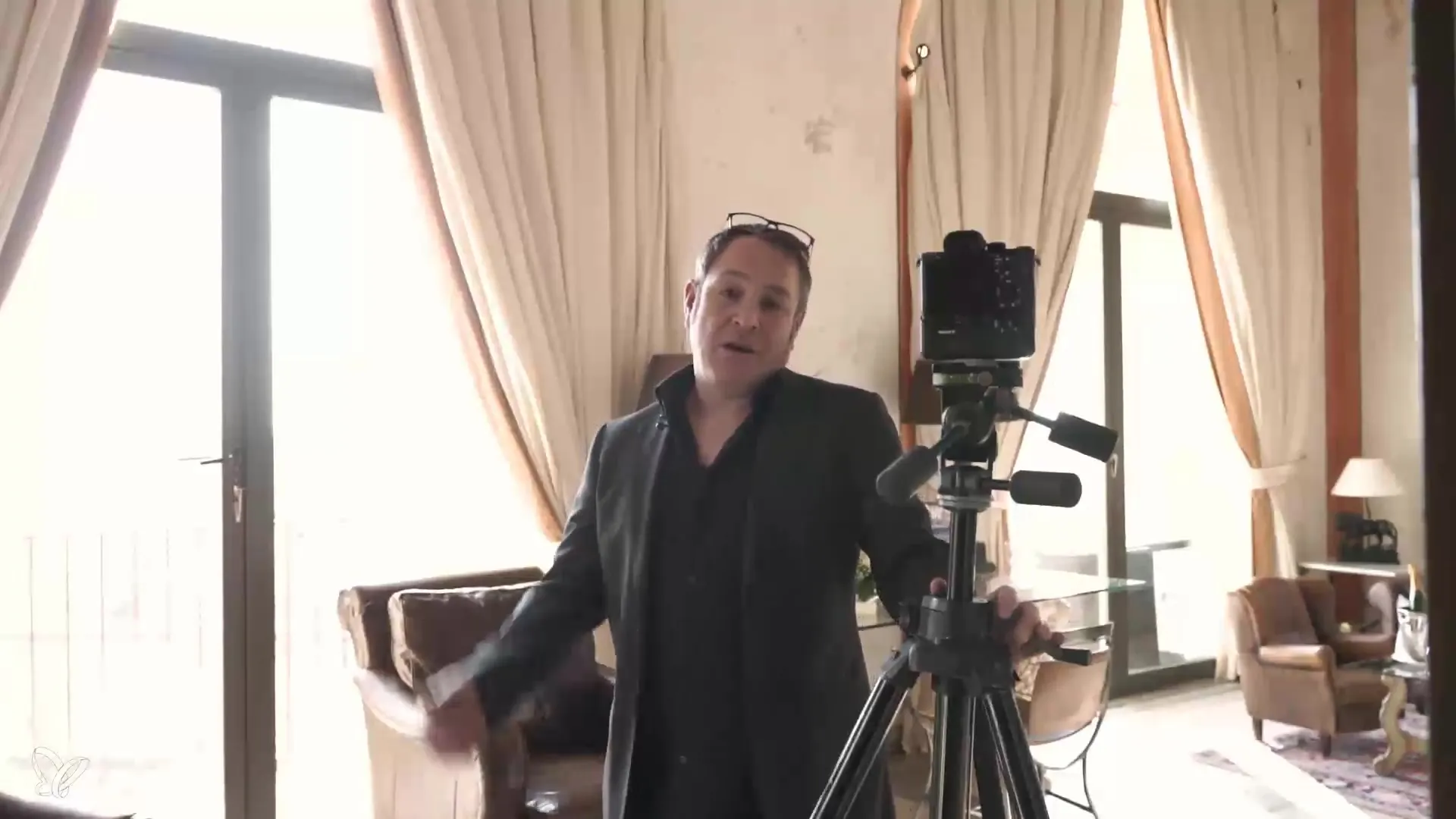
Step 2: Adjust the light
Light design is a crucial factor for the quality of your shots. Therefore, you should turn on all lights in the room to create a pleasant atmosphere. Combine artificial light with natural daylight to achieve a harmonious lighting mood. Warm light provides inviting and cozy photos.
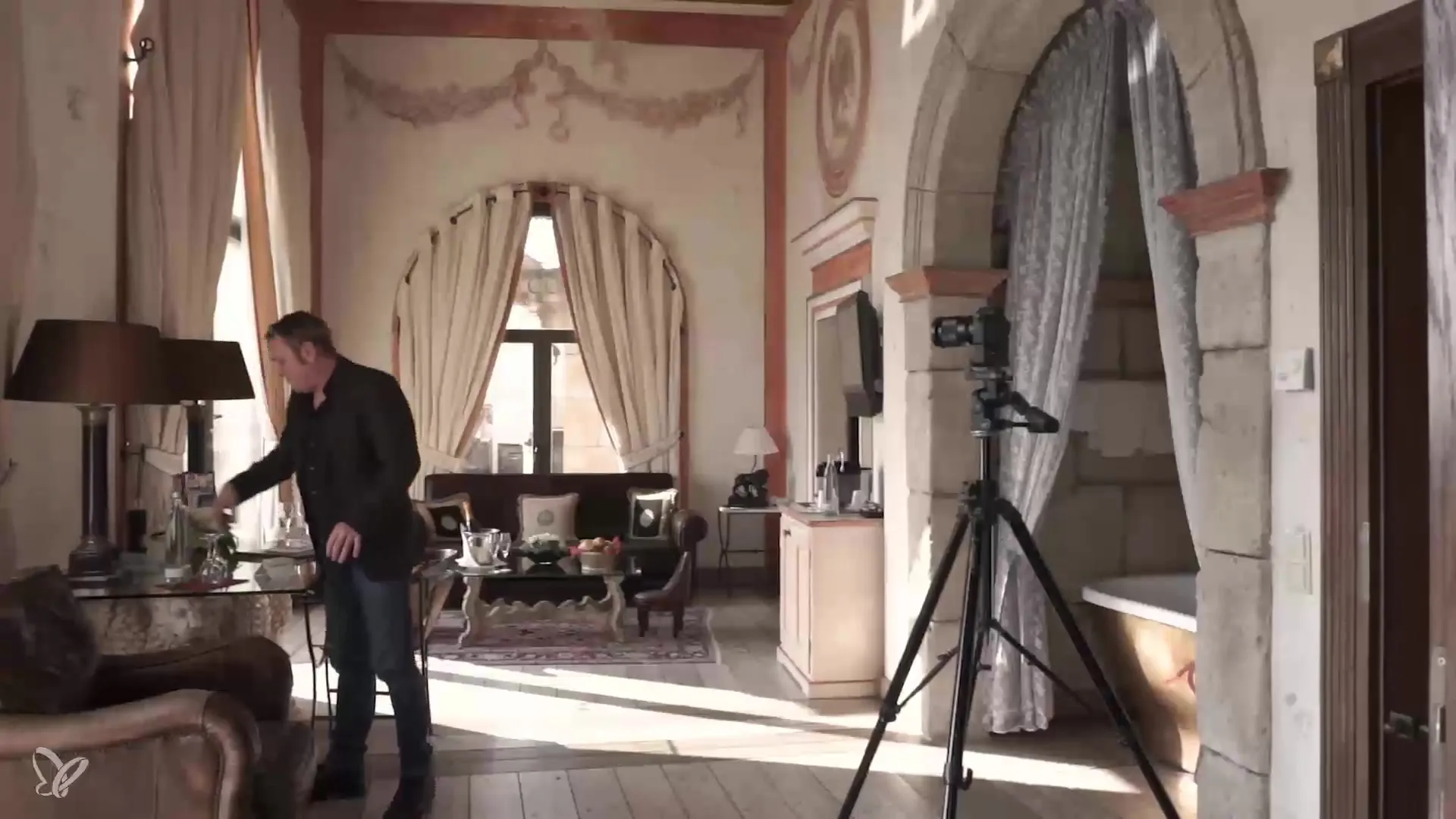
Step 3: Arrange the furniture
Pay particular attention to the arrangement of the furniture – they should be positioned so that they face the camera. Chairs, for example, should not have their backs to the camera but should be slightly angled towards it. This small adjustment can make a big difference in the image's impact.
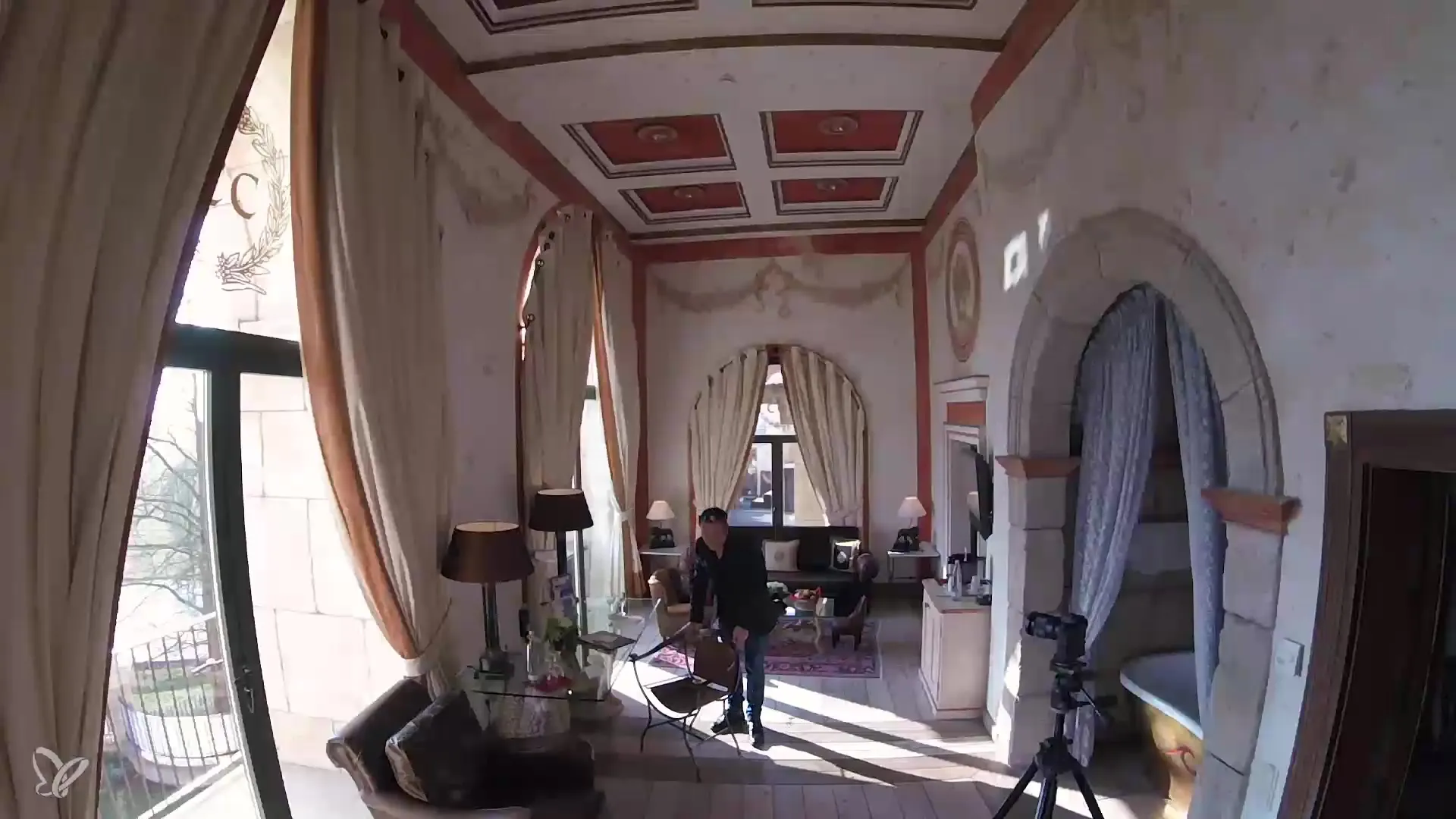
Step 4: Check the details
Look at the details on the table, as they significantly contribute to the image composition. Check whether everything is in place – from the fruit bowl to the champagne glasses to small decorative elements. Every little thing can affect the final image, and a good photographer pays attention to these aspects.
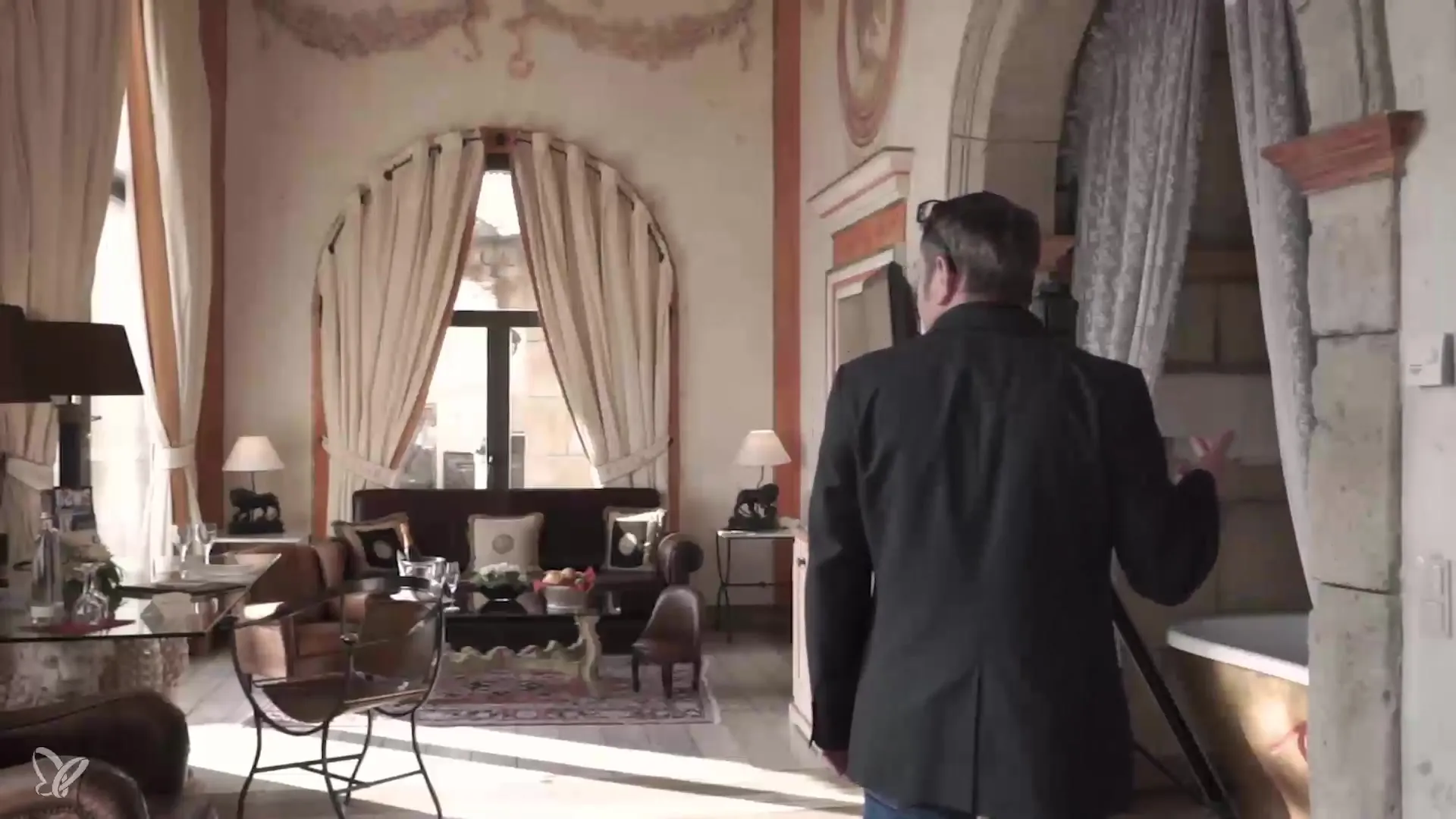
Step 5: Take the first shot
Now it's time to take the first shot. Pay attention to the lighting conditions and the framing to create an appealing composition. Use the opportunity to check the light conditions and see if you are satisfied with the exposure.
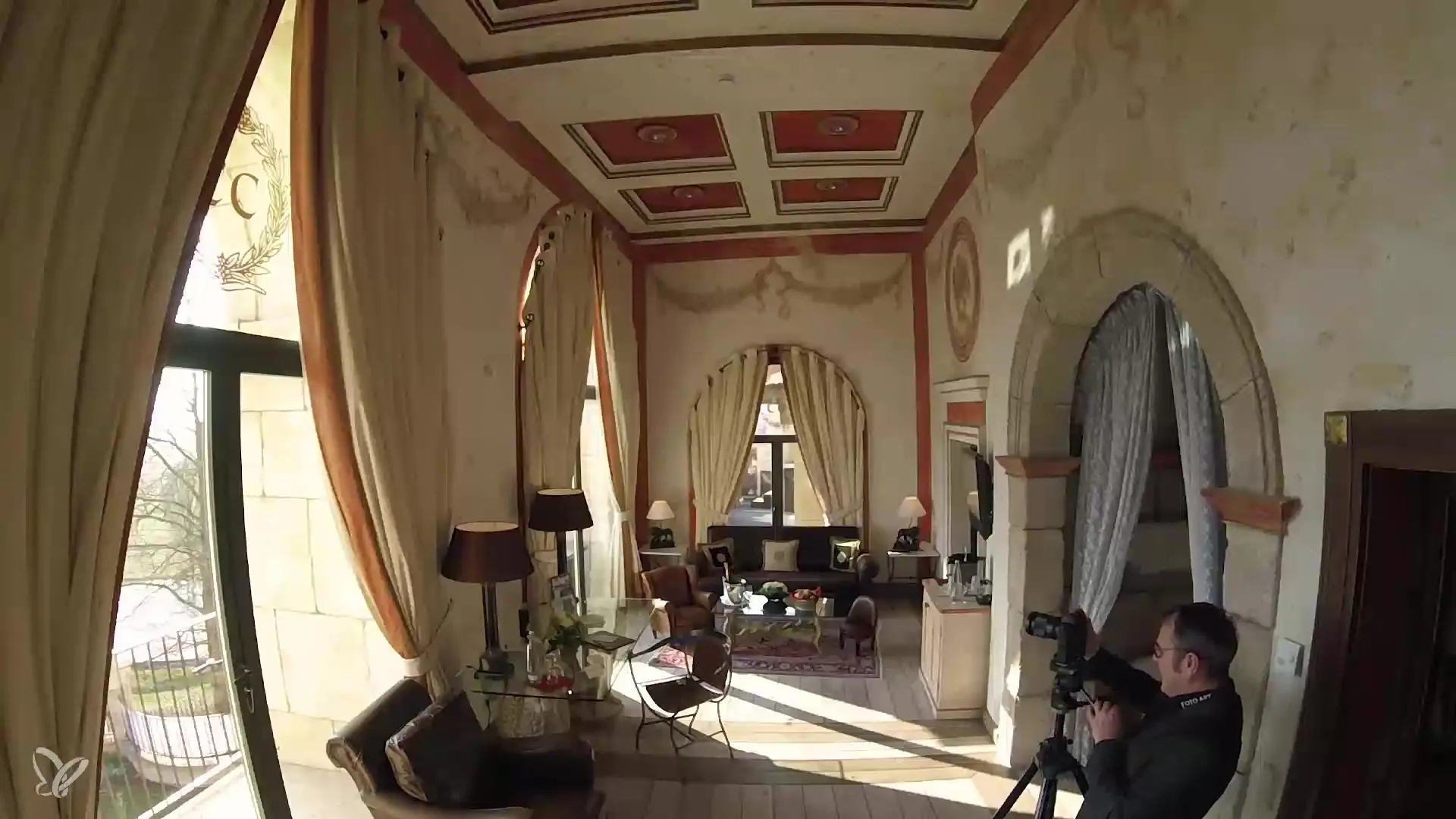
Step 6: Apply HDR technique
In hotel photography, photographers often face challenges due to high contrasts in the room. To manage this, you should use the HDR technique. This means taking multiple exposures to accurately represent both the bright and dark areas.
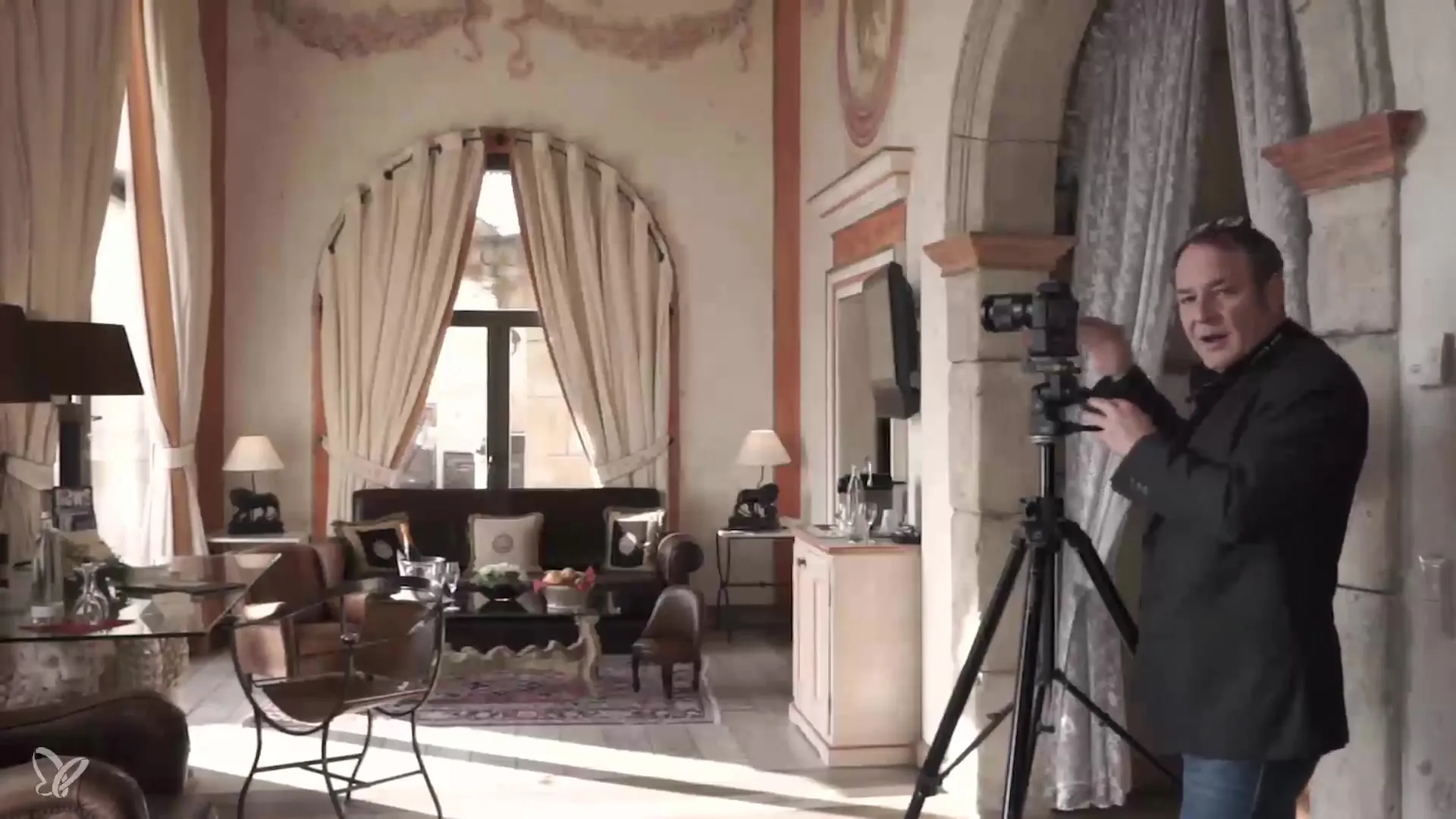
Step 7: Create an exposure series
Create an exposure series by varying the aperture and exposure time. Typically, three to five shots are sufficient for an HDR composition. Start with an overexposed shot, followed by correctly exposed and underexposed shots. This allows you to capture all the details in the image.

Step 8: Post-Processing
After you have taken your shots, the next step is editing the images. Programs like Photomatix as well as Adobe Photoshop or Lightroom are excellent for creating your HDR images. Here, you can merge the different exposures and optimally adjust the contrasts.
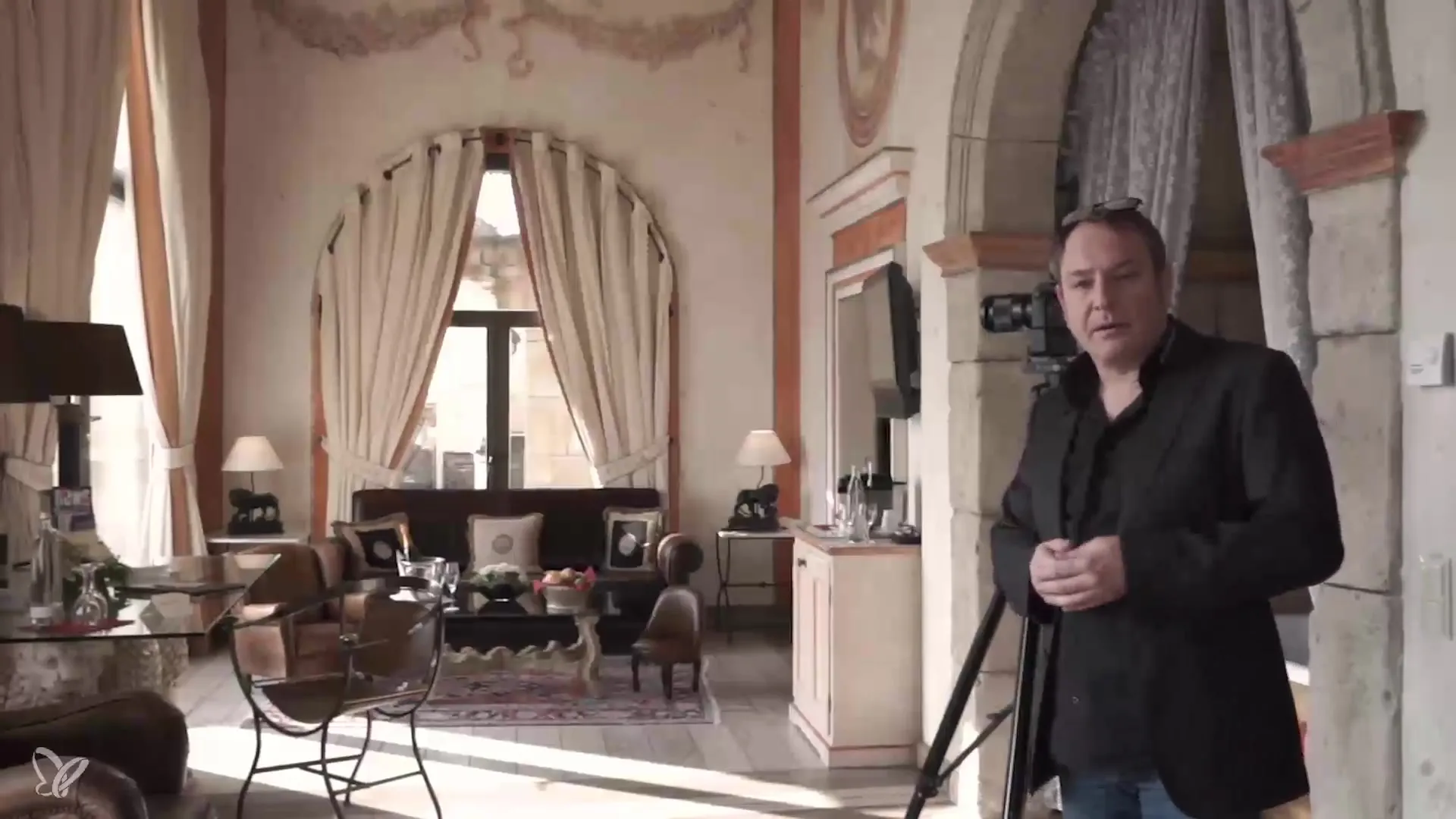
Summary - A Guide to Creating Impressive Hotel Photographs: Technique and Practice
In summary, this step-by-step guide shows you how important it is to optimally prepare the room, consciously control the light, pay attention to details, and work with professional techniques like HDR. These aspects together ensure that your hotel photographs leave a lasting impression.
Frequently Asked Questions
How should I prepare the room?Ensure that the room is tidy and all details are ready for the photo.
What type of lighting is best for hotel photography?Combine daylight with artificial light to create a pleasant lighting atmosphere.
Why is the orientation of furniture so important?The furniture should be oriented towards the camera to ensure an appealing composition.
What is HDR and why should I use it?HDR helps balance high contrasts in the image so that both bright and dark areas are well visible.
Which software is suitable for post-processing?Programs like Photomatix, Photoshop, and Lightroom are ideal for editing HDR photos.
